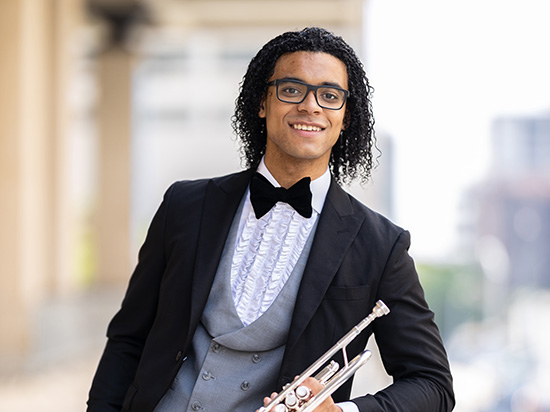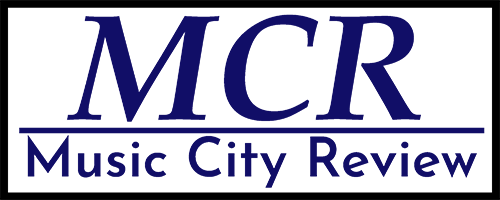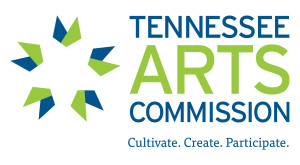A Loss at Bridgestone, but a Win at the Schermerhorn!
Shaham, Strauss, and the Nashville Symphony
GOAL!
Alan D. Valentine, President and CEO of the Nashville Symphony, welcomed patrons to the performance from the stage on Friday, May 3, wearing a hockey jersey. This jersey was gifted by the Symphony’s neighbors at the Nashville Predators, complete with a Schermerhorn nameplate and the number 46 – signifying the named concert venue and the year in which the ensemble gave its first performance respectively. The Predators were also ‘performing’ this evening at Bridgestone Arena in a must-win game to advance in the National Hockey League playoffs, while Morgan Wallen rounded out the schedule of entertainment with a country concert in Nissan Stadium. Downtown Nashville was electric, as would soon become a rather full Laura Turner Concert Hall.

We first heard soloist Gil Shaham tuning his violin off stage while audience and orchestra both waited in anticipation to experience his interpretation of Ludwig van Beethoven’s Violin Concerto in D Major, Op. 61. Engaged throughout an expansive orchestral preamble, Shaham followed Beethoven’s scoring, looking at specific sections as they spun melodies and established the sonic landscape in which the soloist would eventually participate. Before his first entrance, and subsequently just before extended breaks from playing would cease, Shaham could be seen fingering along with various excerpts being executed by factions of the orchestra. Shaham often took residence seemingly right under maestro Giancarlo Guerrero, connecting the soloist to the podium and ensemble; the conductor had no choice but to receive that which was being communicated.
Premiered in Vienna during Beethoven’s ‘heroic’ period, the Violin Concerto was composed around the time of his Fourth Symphony, while working through sketches of his Fifth Symphony, just after the opera Fidelio premiered, and likely simultaneously with Piano Sonata No. 23 in F Minor, Op. 57, “Appassionata.” One may have then become more excited knowing that the Nashville Symphony, only a mere month earlier, presented Beethoven’s Symphony No. 4 in B-flat Major, Op. 60, with Guerrero conducting. While historic performance is neither expected nor desired, an awareness of style and approach is a reasonable expectation. Guerrero’s gestures regularly appeared rather heroic, but seemingly in a manner that conflicted with expectations of early-Nineteenth Century sensibilities. Big, heavy gestures undermined, at times, the transparent sensitivity Shaham invited. A more intimate perspective with respect to tone color and dynamic was desired from the orchestra, but in a bit of irony, a reality not achieved until the stage was filled with more musicians during the second portion of the program.
Shaham managed to bring the audience to the music that he was creating. An especially powerful moment was host to only the solo violin nourishing a long, held note alone in the higher register at a hushed dynamic. Time paused while our collective focus and energy waited with a patience not common to modern society. Gil Shaham’s musicality has a healing quality; a prescription for one’s soul that was awarded three energetic bows from the audience. Fortunately for Nashville Symphony patrons, Shaham is scheduled to return next season to partake in a live recording project featuring Mason Bates’ Nomad Concerto in October 2024.

The second half of the concert featured An Alpine Symphony, Op. 64, of Richard Strauss. Affected greatly by the death of his contemporary, Gustav Mahler, one way in which Strauss processed the loss of his beloved friend was through composing this work – a composition that would prove to be his final tone poem. The scale of the project is massive: nearly fifty minutes in length and expanded orchestral forces are used, including heckelphone, Wagner tubas, off-stage brass musicians, thunder and wind machines, and organ. While the presentation of Beethoven may have left one wanting more of the Nashville Symphony, the performance of An Alpine Symphony proved why this ensemble has been awarded fourteen GRAMMY® Awards out of twenty-seven nominations. Firmly planted in genres and styles that innovate, the Nashville Symphony’s commitment to and execution of such compositions is inspiring.
The energy generated by dotted rhythms throughout the orchestra were impassioned, specifically those moments featuring the trombone-tuba contingency. In juxtaposition, quiet passages from the violin sections comforted the listener, transporting one not so dissimilarly from the way in which Shaham’s artistry has been afore described. Special acknowledgment should be given to the viola section, who, aside from minor distractions generated from frantic page turns, performed with an agility and presence that can unfortunately be overlooked in orchestral performance. William Leathers continues to be a welcomed addition to the ensemble, charging valiantly from the principal trumpet seat. It is unfortunate that the final release was somewhat splintered and abrupt, given the way in which the Nashville Symphony otherwise successfully navigated the seamless twenty-two sections of this work.
One is encouraged to experience the Nashville Symphony and Giancarlo Guerrero present Gustav Mahler’s Symphony No. 10, May 16-18, for an even more heightened journey of emotion. Preparing Strauss’ An Alpine Symphony for performances this past week will likely ensure that the ‘team’ is ready to successfully advance next week with Mahler; unfortunately, unlike the Symphony’s neighbors at the Nashville Predators, who’s season has ended.



